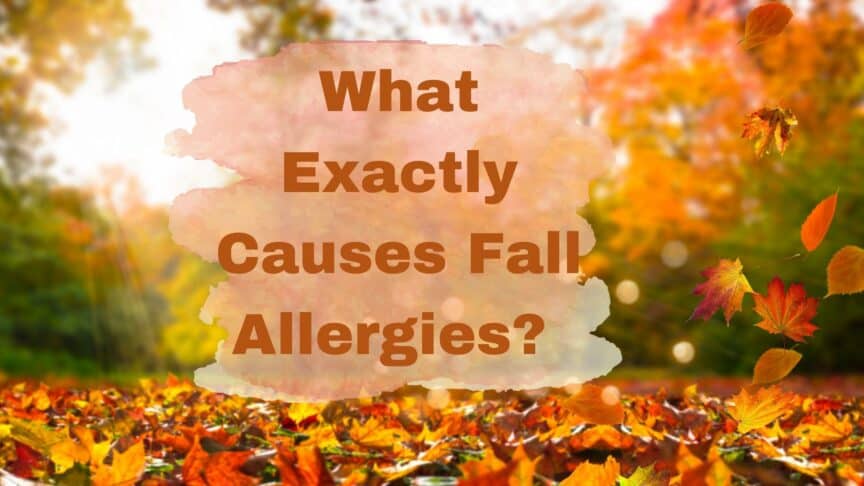August and September bring more than the end of the summer. For many of us the beginning of autumn means watery eyes, sniffling, and sneezing. Allergies are one of the most common complaints in the world and It’s possible to be allergic to just about anything. However, pollen and dander are most common. As the fall gives way for late blooms and we begin to spend more time inside with the windows shut, new allergies become prominent. Here are some of the most common fall allergies that may be affecting you.
All About Ragweed
One of the most common culprits of allergies is the plant ragweed. However beautiful with its golden bloom stretching across fields and meadows, as it typically blooms in late August and continues to affect as many as 23 million people till the frost kills it in late august. There are 17 recorded types of ragweed growing across the United States, however, the most prevalent in rural areas are in the East and Midwest.
One ragweed plant can produce up to 1 billion grains of pollen per season as it produces a fine powder that can cause several allergic symptoms. If fall has just begun and you find yourself experiencing sneezing, runny nose, nasal congestion, itchy or watery eyes, itchy throat, or headaches it could signal you have a ragweed allergy. Ragweed allergies can be extremely difficult for people who already suffer from asthma, causing wheezing and shortness of breath.
Diagnosing a Ragweed Allergy
If you find yourself dreading fall and its potential allergic symptoms, consult an allergist or an Ear Nose and Throat Doctor (ENT). Also known as immunologists, allergists are doctors who specialize in diagnosing and treating allergies. ENTs and Allergists often work together to treat conditions when an allergy affects the ears, nose, sinuses and/or throat. Allergies are an overreaction of the immune system, and allergists are there to help you navigate these issues. Using a skin test, an allergist can diagnose if you have a ragweed allergy. A skin test is performed by applying an allergen to the skin and recording how your skin responds. An allergy will typically reveal itself in the form of a red bump on the skin.
Treating a Ragweed Allergy
Antihistamines are typically prescribed to fight the high pollen symptoms typical in the autumn. If you have a severe reaction to ragweed, your allergist will recommend you start treatment of allergy medication two weeks prior to the anticipated bloom. Your allergist may also recommend allergy shots to help build your body’s resistance to pollen.
Avoiding Pollen
In addition to medication, it is a good idea to avoid pollen from ragweed, whenever possible. If you know you are sensitive, pay attention to pollen counts on your favorite weather forecasting site. Certain times of day will have the highest pollen count. Near the plants, pollen levels are highest just after dawn. However, the number of airborne pollen peaks in many populated areas between 10:00 a.m. and 3:00 p.m.
If the pollen is interrupting your day, it may be beneficial to wear a painter’s mask to filter the air outside. It is important to keep your windows closed when driving, and when inside. Pollen is a sticky airborne substance and can easily attach to your hands and clothes, aggravating symptoms.
Change your clothes when you’ve been outside and remove your shoes. shower at the end of the day and be conscientious about washing your hands regularly, especially if you have a pet who spends time outside. Pollen can easily attach to your cat or dog. Vacuum your carpets and wash your floors regularly as well as your pets.
Mold & Mildew
In addition to ragweed, there are several other sources of allergens that are common in the fall. As the seasons grow wet mold and mildew produce spores which similar to pollen can spread in the air. It can thrive in damp areas such as basements, bathrooms and kitchens and can deeply affect your health. While the cold air can cause mold to go dormant, a heated house can support mold all year round. Breathing difficulties and respiratory diseases increase if you are exposed to mold. Use a dehumidifier in your house to keep the mold at bay and clean and dry your home regularly.
Schedule an Appointment
There are many causes of fall allergies. If you are struggling to diagnose and deal with respiratory issues, schedule an appointment with us today.

